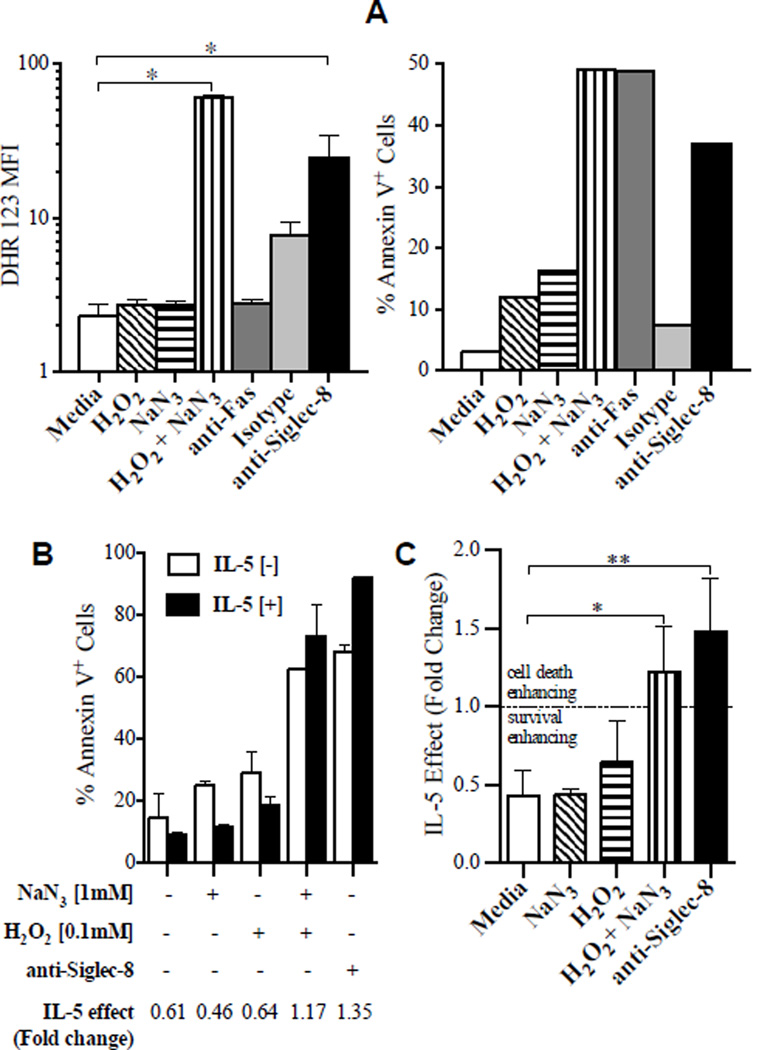Figure 2. ROS generation is sufficient for eosinophil cell death and IL-5 enhancement of cell death.
A, ROS accumulation induced by exogenous H2O2 ± NaN3, crosslinked anti-Siglec-8 or isotype-matched control antibody was measured following 2 hours of incubation and 30 minutes of loading with DHR. Results are shown as mean fluorescence intensity (MFI) values of DHR (left panel). Aliquots of the same cells were also incubated for 24 hours without DHR in order to determine Annexin V-positive staining (right panel). Representative of 3 experiments.
B, Representative experiment of eosinophils cultured with (closed bar) or without (open bar) IL-5 in conditions with H2O2 ± NaN3 or anti-Siglec-8. The IL-5 effect was determined by dividing the percentage of Annexin V-positive cells in IL-5[+] with IL-5[-] for each condition. Thus, IL-5 effect <1.0 represents survival enhancement, whereas >1.0 implies cell death enhancement.
C, Averaged results from 3 experiments and donors. * p < 0.05, ** p < 0.01.

